Analog Forever Magazine - Edition 11 Artist Announcement!
Cover Image © Robert Stivers
Pre-Order Your Copy Now! Click Here!
Analog Forever Magazine proudly unveils its much-anticipated 11th edition, our first annual journal (pre-order here), set to grace shelves and mailboxes in September 2025.
In this 150+ page compendium, readers will be treated to exclusive interviews with visual artists Robert Stivers, Chad Coombs, Binh Danh, and Susan Goldstein along side captivating portfolios from Amisha Kashyap, Vaune Trachtman, Montenez Lowery, Kayhan Jafar-Shaghaghi, Blake Burton, Michael Stenta, William Mark Sommer, and Beihua Guo.
Devoted to the quiet intensity of the photographic process, this edition explores the doubt, grief, experimentation, and hard-won breakthroughs that unfold long before any shutter clicks. It reveals how misfires, darkroom rituals, and deliberate imperfections often shape an image more profoundly than initial intent, whether an artist is launching a new series or refining a narrative forged over the years. Readers are invited to linger in these in-between stages, trusting that uncertainty can evolve into clarity, gratitude, and truly resonant work.
Complementing the major features, our Heart of the Issue column presents 26 standout images that caught our eye and deserve yours. Congratulations to Jeffrey Sass, Carsten Steinhausen, Erin Dougherty, Mario Machon, Alex Drysdale, Dani Kelley, Yelena Zhavoronkova, Danny Sanchez, Jenny Sampson, Erik Mathy, Laura Barth, Julia Beyer, Clare Marie Bailey, Samantha Ashcraft, Kyla Plewes, Ashley Murnane-Snivley, Lucien Liu, Daisy Nefatari, Rachael Baez, Isaac MK, Noah Zyla, Edward Tsang, Matthew Hatfield, Pierre Pellegrini, Denis Olivier, and Flip Twogood.
We are thrilled to present you with this preview of the artists selected for Analog Forever Magazine’s eleventh edition to satisfy your senses until you can hold this 150+ page publication in your hands. Please enjoy this sneak peek, explore the artists’ websites, follow them on social media, and get ready for the eleventh part of our analog photography revolution!
Lastly, we couldn’t make our publication possible without the support of our sponsors. We want to thank the following companies listed below for their support and generosity as we get ready to launch Edition 11. Please support them as you do us; we couldn’t do it without them.
Sponsors
Analog Forever Magazine - Edition 11 Artist Selection




Interview: Robert Stivers
Santa Fe, New Mexico, USA
“I am still amazed how many interpretations are possible from one negative. There was a time I thought there was one way to print a negative. It was the right way, and the meaning was clear. No questions asked. This is certainly a way to work, but I love to explore the many possibilities.”
There’s a certain quiet that lingers around Robert Stivers’s photographs. Not silence exactly, but the kind of stillness that appears before a memory surfaces or just after a lucid dream. His images, ghosted by softness, yet textured by intention, seem less about what is seen and more about what is felt. A former dancer turned darkroom conjurer, Robert Stivers builds photographs the way choreographers sculpt movement—through instinct, improvisation, and joyful imperfection. He works solely with analog negatives and a battered darkroom enlarger “held together with tape,” printing and re-printing until the image feels inevitable. Blur, grain, and emulsion scratches become duet partners rather than defects; chemistry is choreography, and every exposure is a rehearsal. Stivers reminds us that when process stays loose and the body leads, photography can move like memory itself—haunted, fragile, and endlessly alive.
Website | Instagram

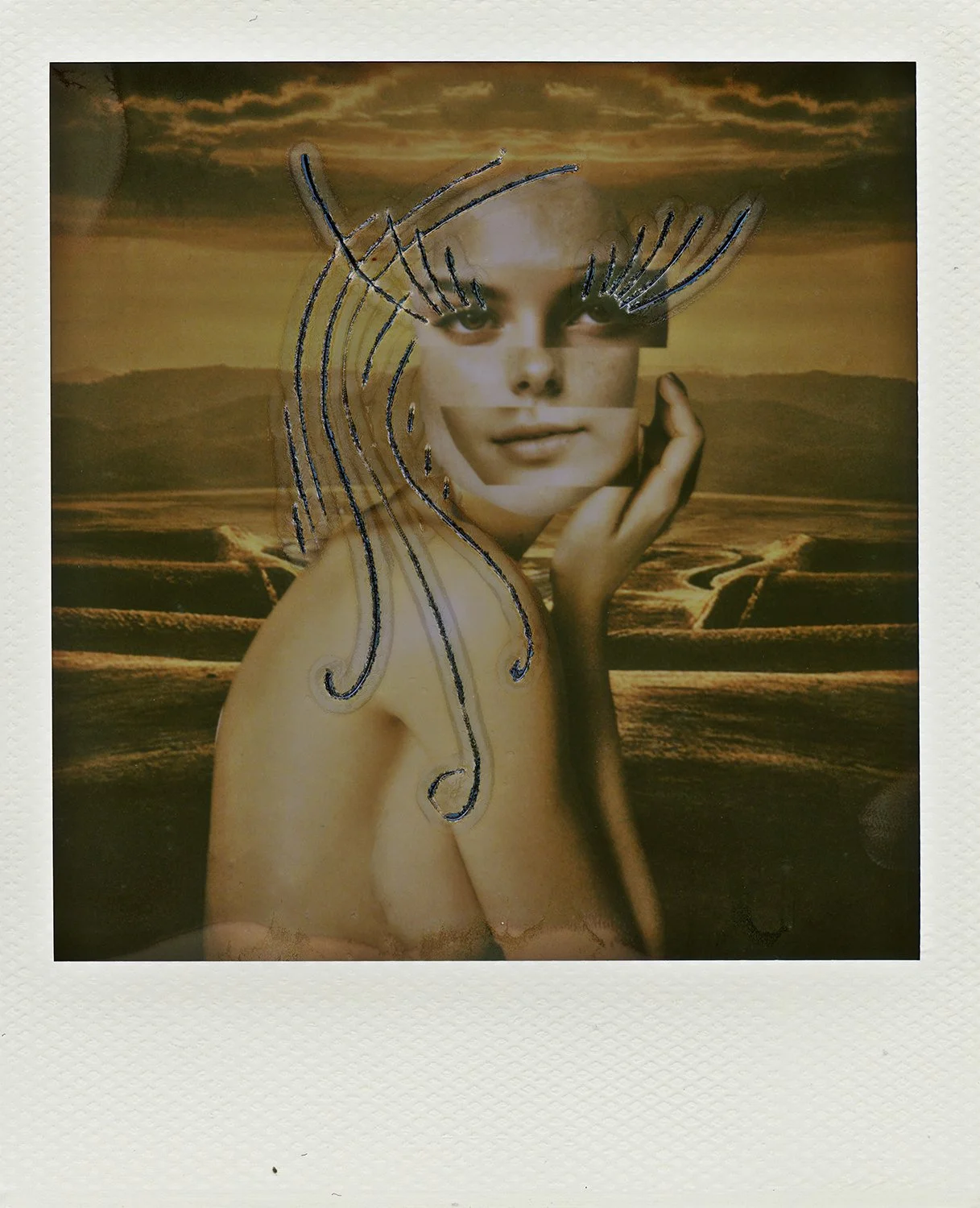

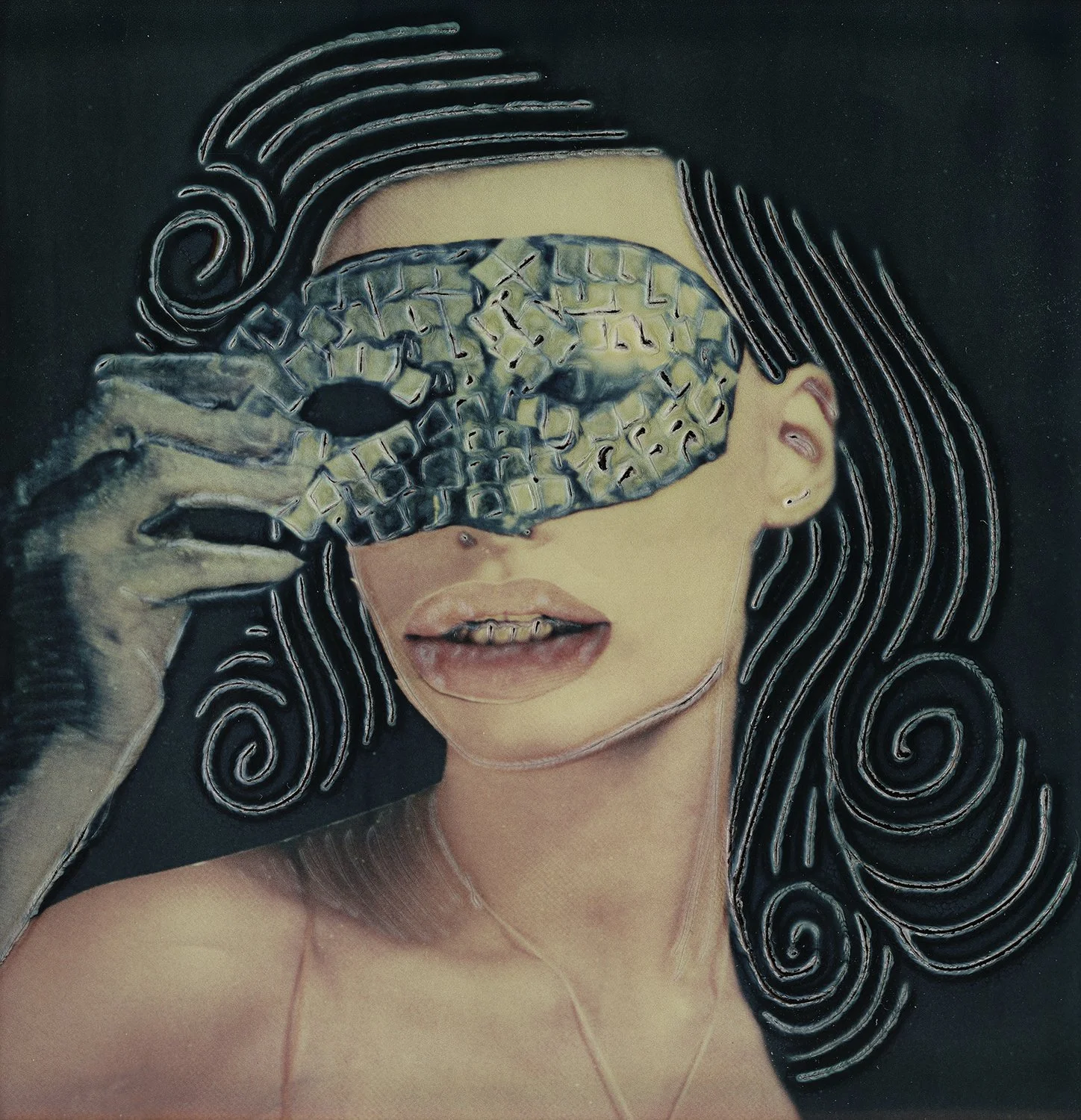
Interview: Chad Coombs Saskatoon, Saskatchewan, Canada
"I don’t make art to give people answers. That would feel dishonest. I don’t even know if answers exist to a lot of questions, things are always evolving, and good art should be doing the same."
Chad Coombs repurposes fashion magazines and Polaroid chemistry to expose the fragile scaffolding beneath contemporary beauty culture. Filtering the world through autism, he builds restless collages, layering glossy fragments onto instant film before scarring the surface with improvised tools until the picture wrestles back control. Each piece feels like a live nerve: glamour stripped to its raw pixels, faith questioned, mental health laid bare. The resulting portraits are part confession, part rallying cry, asking viewers to confront how perfection is sold and why vulnerability matters. Coombs proves that honesty, when pushed through emulsion, can ignite both discomfort and connection. His ever-evolving series reminds us that broken surfaces can shimmer—and that art can save lives.
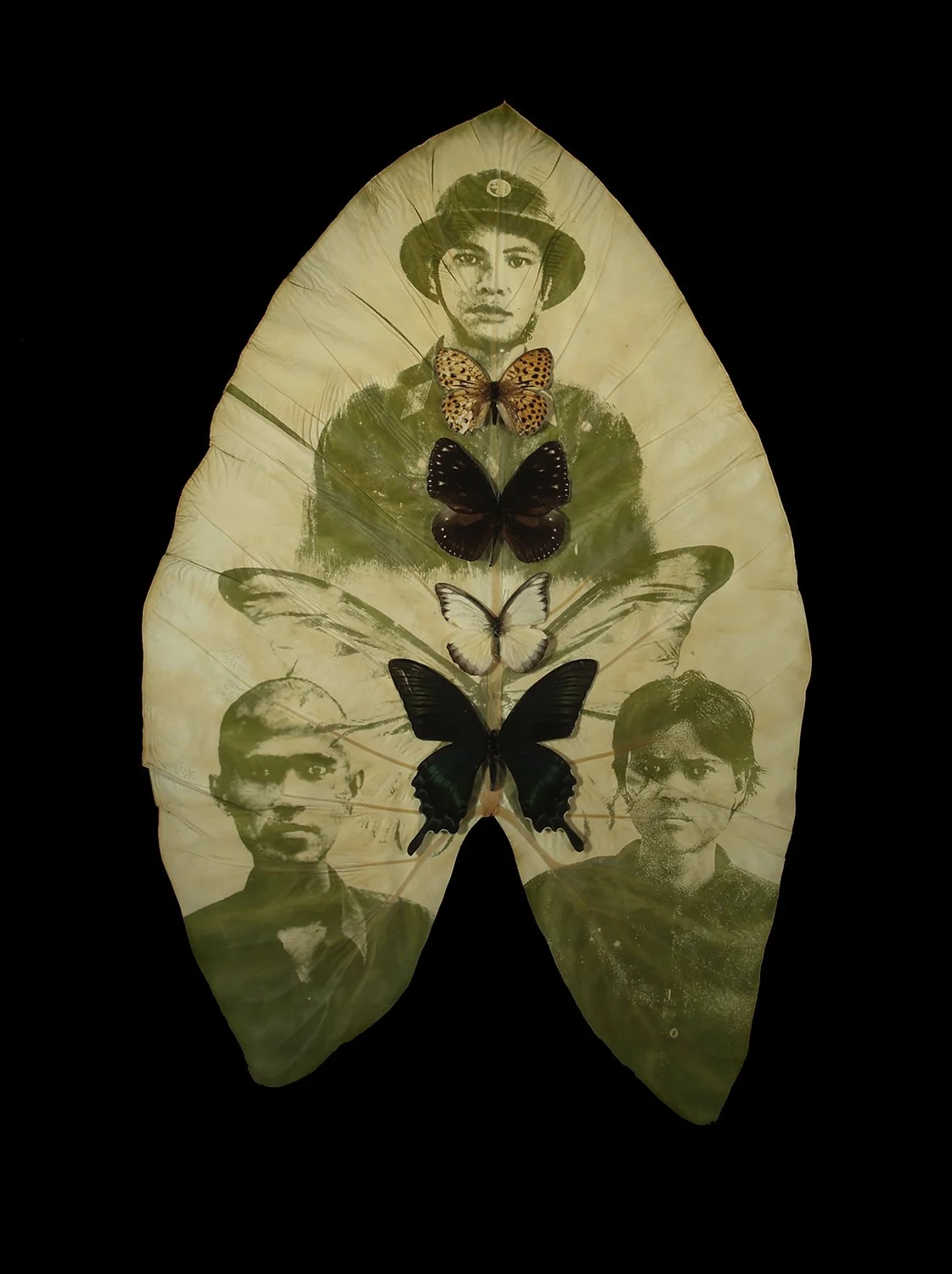

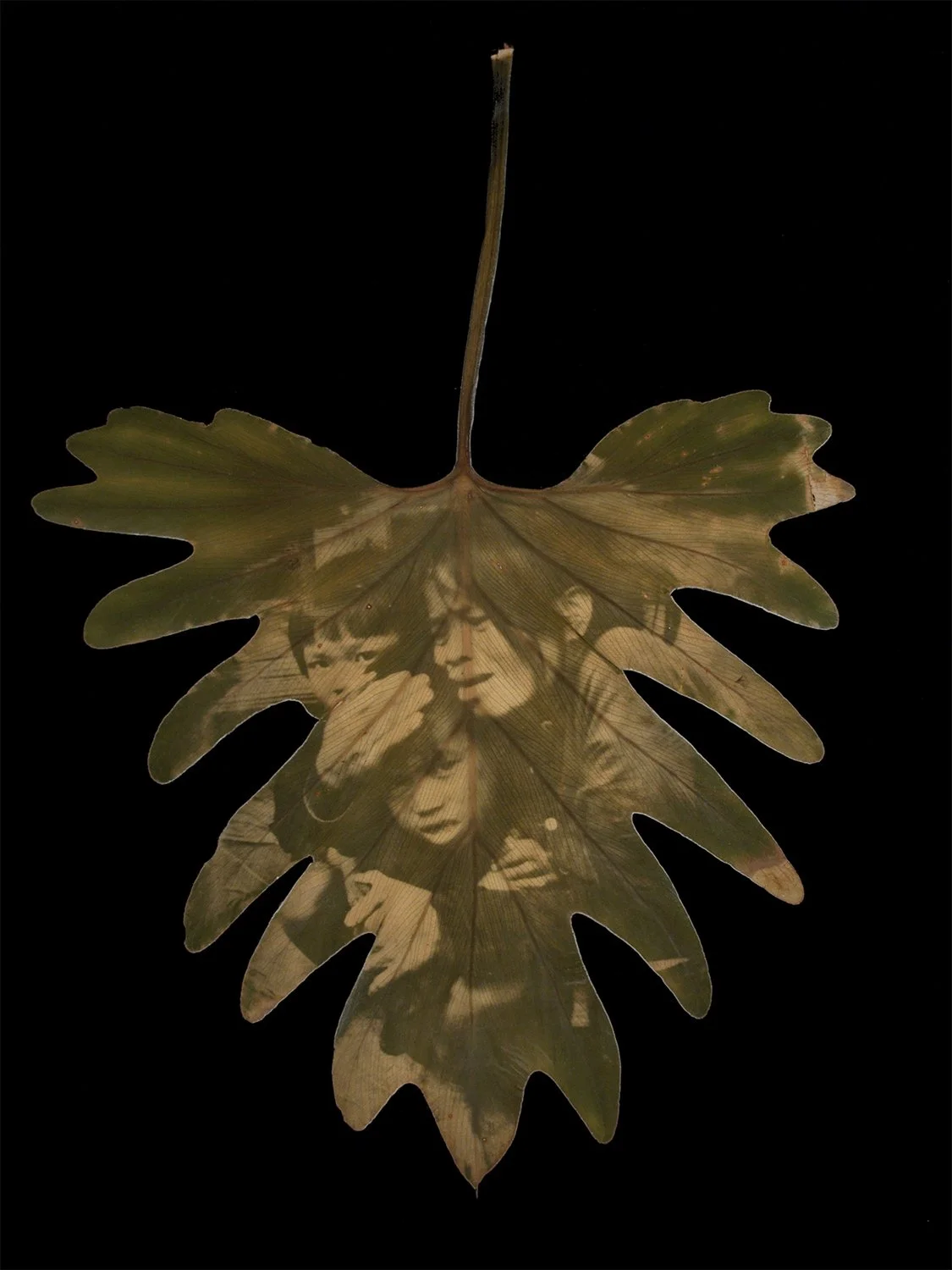

Interview: Binh Danh
Gilroy, California, USA
“I feel like even though I’m not a war photographer, I am interested in the consequences of war. That’s always been on my mind.”
In the tumultuous years after the fall of Saigon, Southeast Asia faced an epic humanitarian crisis, which saw upwards of three million people flee the area. A 2-year-old Binh Danh, along with his family, were among the lucky ones, eventually gaining asylum in the United States. As an immigrant, he exists in a space between two worlds, and he uses photography as a way to reconcile his lived experiences. In seeking to understand the history of his family and his people, he looked to the images, archives, and ephemera that documented the Vietnam War and the atrocities of the Khmer Rouge. By reprinting portraits from the past as chlorophyll prints, he is resurrecting the victims of war to give them a voice and amplify their memory. In his latest work, creating daguerreotypes of the American landscape, from Civil War monuments to the beauty of the National Parks, he is a man seeking to discover how he fits into the American ideal as an immigrant and as a person of color.
Website | Instagram
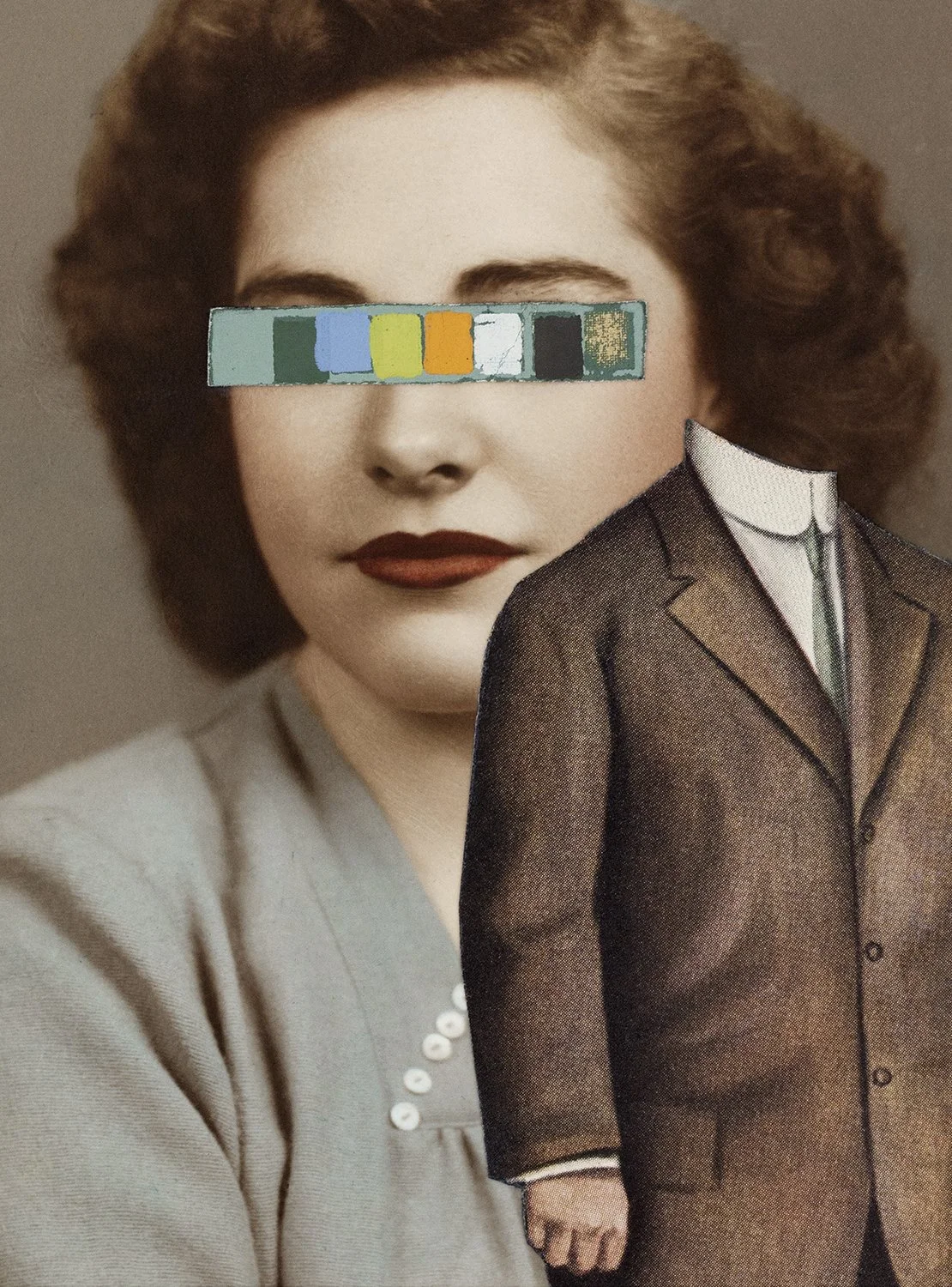



Interview: Susan Goldstein
Denver, Colorado, USA
“It is emotional for me knowing that I am touching materials that have passed through the hands of so many people over the years, and I am grateful to each one of them who made the decision to save these pieces from the past.”
Susan Goldstein’s ongoing series Bending Time transforms orphaned vernacular photos into meticulous, palm-sized collages that collapse decades into a single frame. She hand-cuts vernacular photos and ephemera then layers them until private moments ignite public histories. s. Each jewel-like tableau invites slow looking, proof that creased paper can carry more voltage than any pixel. In Goldstein’s hands, the archive is neither relic nor record—it is a living circuit where memory keeps rewriting the present, reminding us that the past waits only for a fresh cut to spark anew.
Website | Instagram


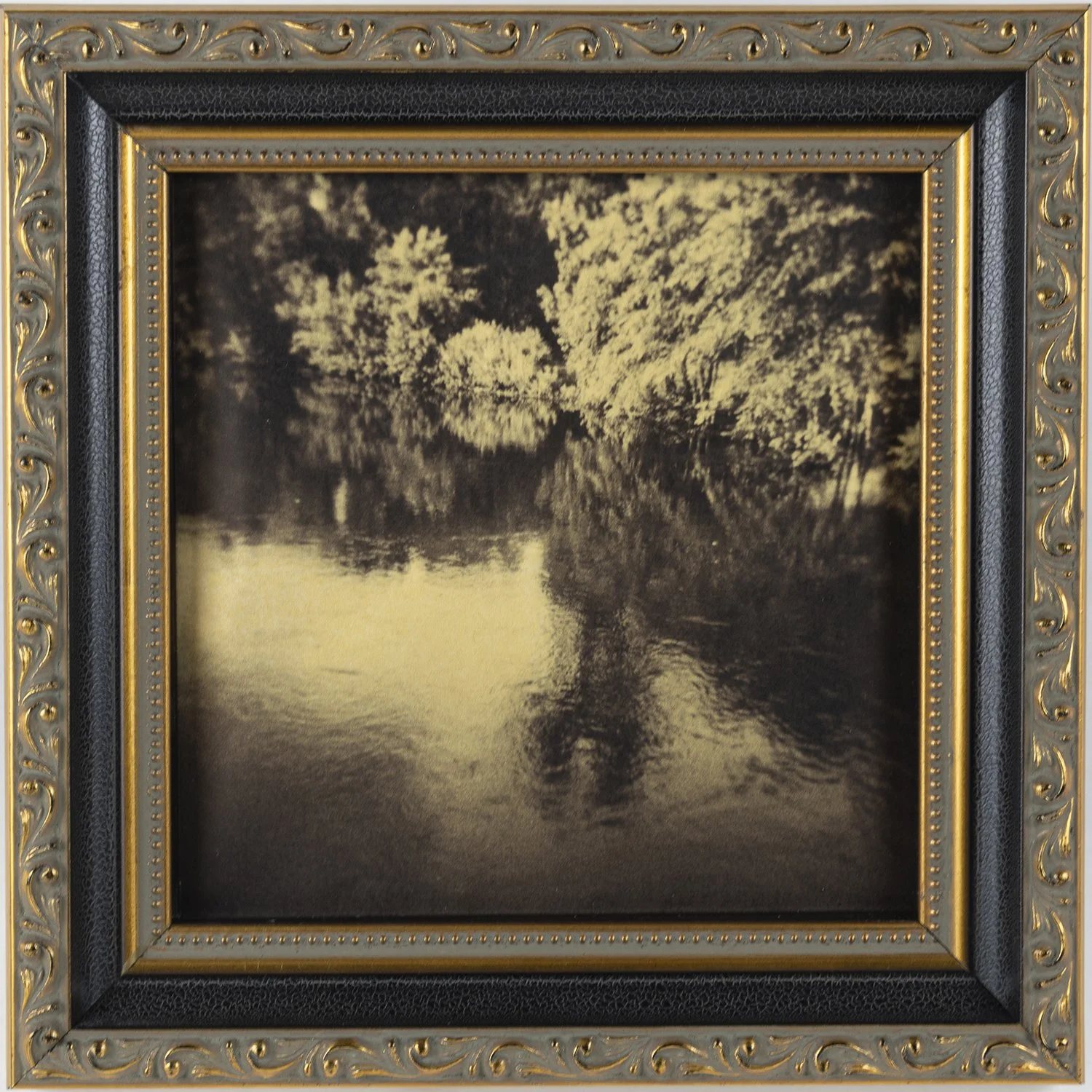

Feature: Amisha Kashyap
Bedford, Massachusetts, USA
“Color isn’t just about vibrance—it’s a language. And it’s a language I didn’t realize I spoke until I moved away from it.”
New Memories charts Amisha Kashyap’s migration from the saturated clamor of Mumbai to the muted woods of New England. Shooting square Holga negatives, printing on vellum, and hand-gilding each 6 × 6-inch print with gold or silver leaf, she crafts luminous reliquaries of grief and renewal sparked by her mother’s death during India’s COVID lockdowns. The camera’s plastic lens softens pine crowns and footpaths into watercolor haze, while light leaks flare like lingering hymns. Every photograph is then framed and edged with antique brass, an architectural pause that lets daylight seep behind the vellum and ignite the metal leaf. Gold evokes temple domes and the afternoon heat; silver captures the hush of the first snow. The result is migration recalibrated, sorrow transfigured, and silence given just enough color to glow.
Website | Instagram
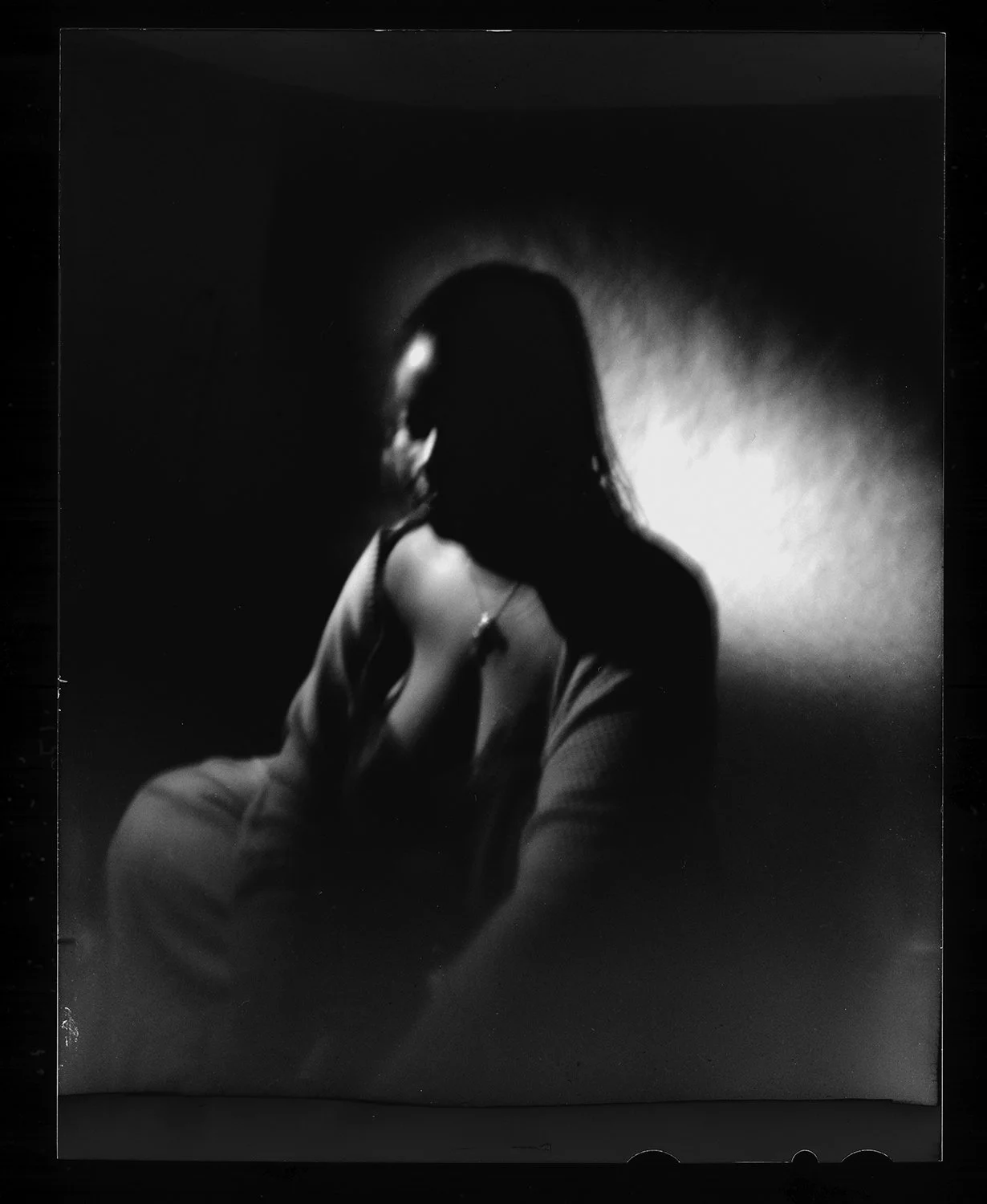


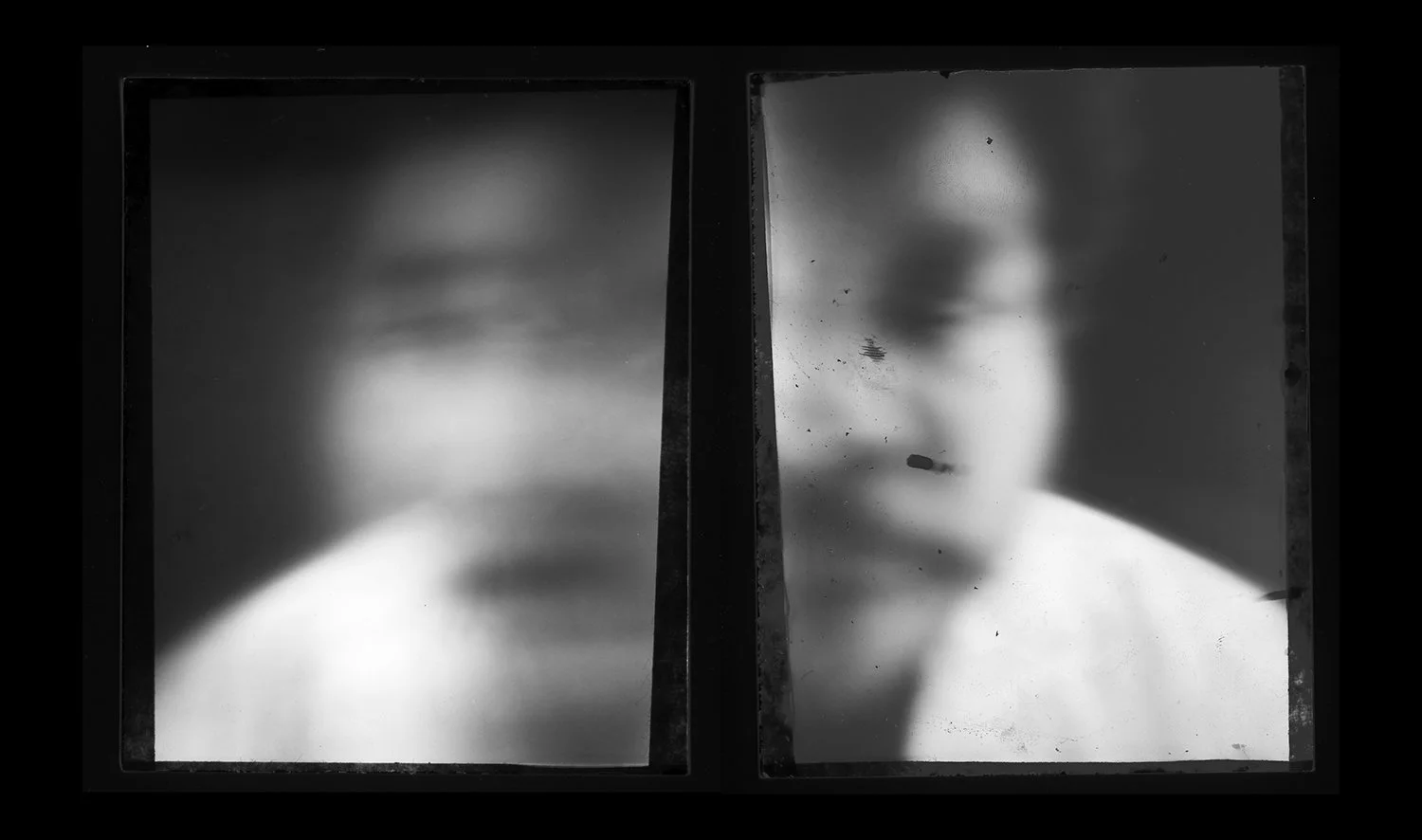
Feature: Montenez Lowery
McDonough, Georgia, USA
“I love how pinholes have this layer of chance that I want to maintain. I like to call it calculated chaos. I restrict the random variables, but still am surprised by how the final product comes out.”
Montenez Lowery’s A Darktown Cakewalk wields pinhole photography as a quiet revolt. Raised in Georgia and schooled in illustration before discovering the darkroom, he builds cameras from the personal belongings of his subjects to question how Black bodies have been cataloged since the earliest photographs. Long exposures invite “calculated chaos”: halos bloom, light leaks slash, and a collaborator’s saliva fuses DNA into silver, mocking the idea that ancestry can be reduced to data. Lowery interviews each sitter, referencing minstrel-era poses, only to let them blur into autonomy. The spectral results feel both apparition and protest, replacing commercial crispness with atmospheric drift. Imperfection becomes evidence of agency, reminding viewers that Black identity is lived, contested, and impossible to pin down.


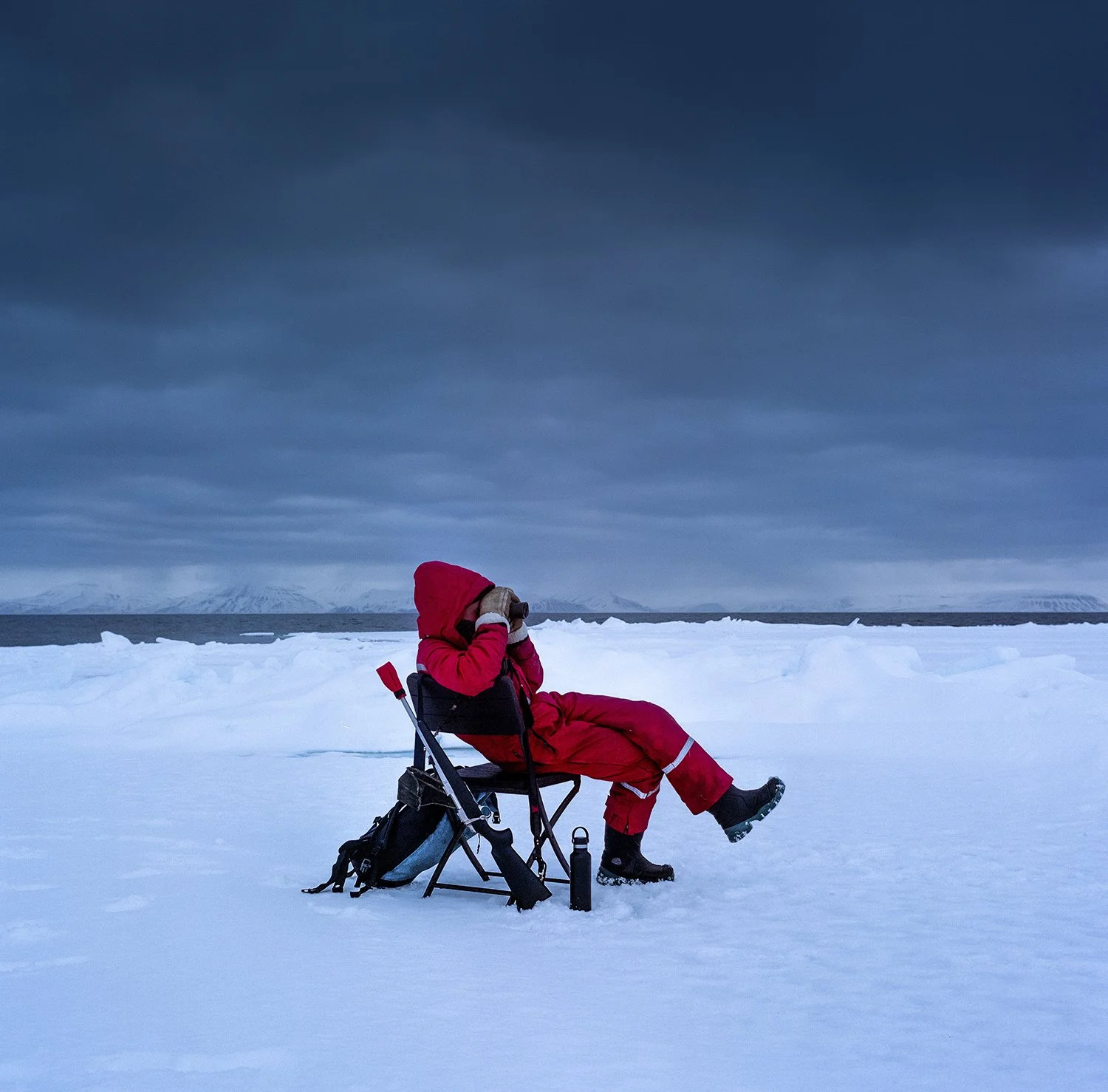

Feature: Blake Burton
Atlanta, Georgia, USA
“Standing there looking at these glaciers, or on a peak looking down to the ice flows, everything else seemed sort of trivial in comparison.”
Blake Burton's We Passed in Peace documents two weeks aboard a three-masted sailing ship traversing the icy edges of the northern seas. As part of the Arctic Circle Artist & Scientist Residency, he and 28 other creatives traded Wi-Fi and the 24-hour news cycle for 24 hours of constant daylight that shimmered against the glacier ice. He calls the voyage “adult summer camp,” yet his negatives lean toward reverence over play—scale as sermon. Armed only with his Rolleiflex, Burton captured imposing glacier walls, storm-lit ridges, and ink black seas while the human element recedes into an insignificant punctuation mark against the vast emptiness. We Passed in Peace invites viewers to stand on deck, surrender to the frigid stillness, and ask what ambition means against ice older than memory.
Website | Instagram




Feature: Michael Stenta
Northeast Connecticut, USA
“Film is a first-hand witness to the light it encounters, forever changed by the photons that hit it.”
In Constructed Negatives, Michael Stenta treats film like geological strata—something to be quarried, fractured, and refused. He trims strips of 35mm, 120, and 4×5 into slivers, arranging them on a light table until “pleasant surprises and aesthetic dissonance” find equilibrium. Mosaics no larger than a postcard are then scanned and inverted, preserving scratches, sprocket holes, and development quirks as proof of lived light. Stenta’s loyalty isn’t to analog purity or digital ease but to the sanctity of material: photons that “traveled a great distance,” now held in silver salts forever. His mosaics flicker between abstraction and recognition, turning the act of looking into an exercise in reconstruction—proof that light, once captured, can still be renegotiated.
Website | Instagram




Feature: William Mark Sommer
Loomis, California, USA
“I was caught off guard by the size and magnitude of this giant pit. I felt horrified by the scale of what we can do as humans and how nothing is done to clean it up.”
There’s something about standing at the edge of a massive open-pit mine that makes your stomach turn. Not because of the height, or the silence, or even the sheer size of the thing—it’s the realization that this land, sacred to some, vital to many, and lived on for generations long before any settler, CEO, or politician carved it into parcels, has been gutted without apology. William Mark Sommer turns to not the glory-soaked days of the Gold Rush or the myth-heavy textbooks of Manifest Destiny, but the broken landscapes left behind. He documents the terrain where corporations left their mark and walked away, and where people had no choice but to stay. His series Dusted isn’t just a photography project—it’s a call to stop pretending the past is something we can keep dressing up in cowboy hats and Hollywood fantasy.
Website | Instagram

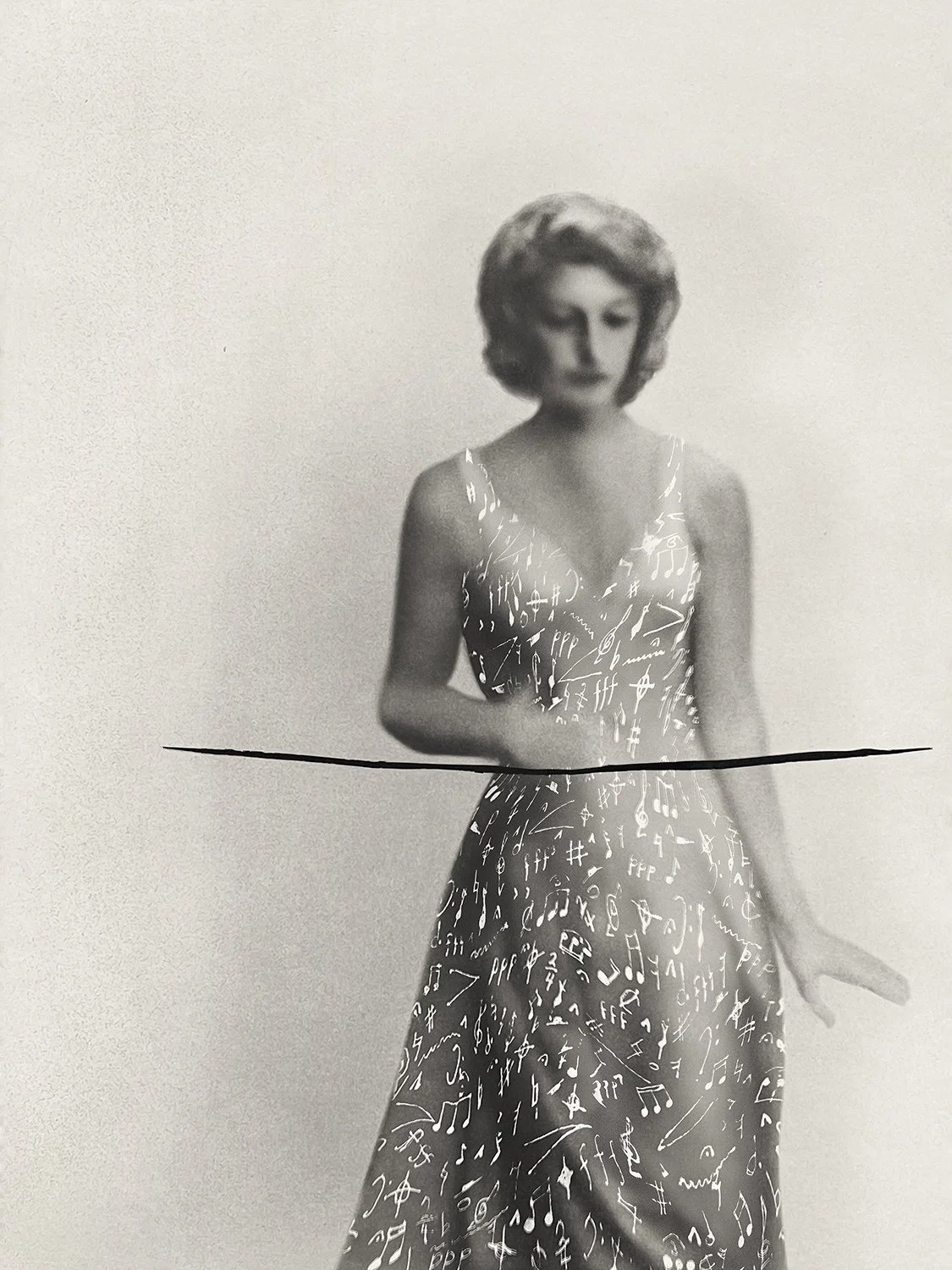


Feature: Vaune Trachtman
Brattleboro, Vermont, USA
“We all have our particular histories, and I don’t want my work to merely be about my circumstances….It has to be about everybody.”
Vaune Trachtman’s ALL THAT IS is a meditation on absence and collaboration, but the project operates like a séance. In an old textile mill turned studio along the Connecticut River, she resurrects her parents’ voices by printing decades-old letters mourning her father’s death combined with her own photographs letting urgent script merge with shadowy figures in unique photogravures. Invented in 1879, the intaglio process lets her “paint with light and time,” merging historic technique with contemporary imagery. Text becomes texture: urgent loops of her father’s handwriting pulse beneath silhouettes of swimmers, while her mother’s spacious cursive drifts like river mist. Her process becomes a collaboration across generations. By masking parts of the text, she invites the audience to complete the narrative, expanding private grief into collective resonance. The prints, rich in graphite-like detail, ask how time imprints on us all and whether art can keep breathing life into our loved ones after they are gone.
Website | Instagram
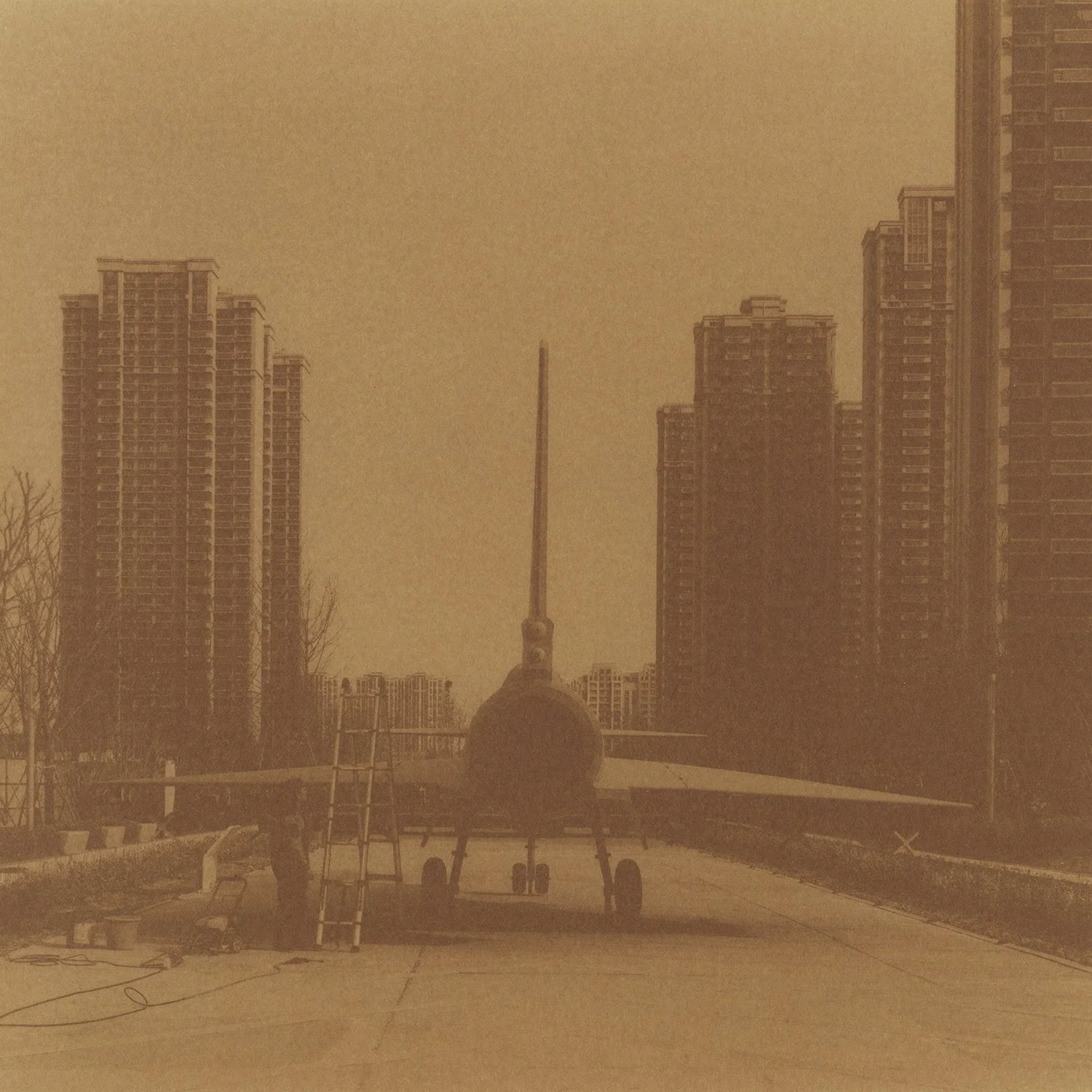
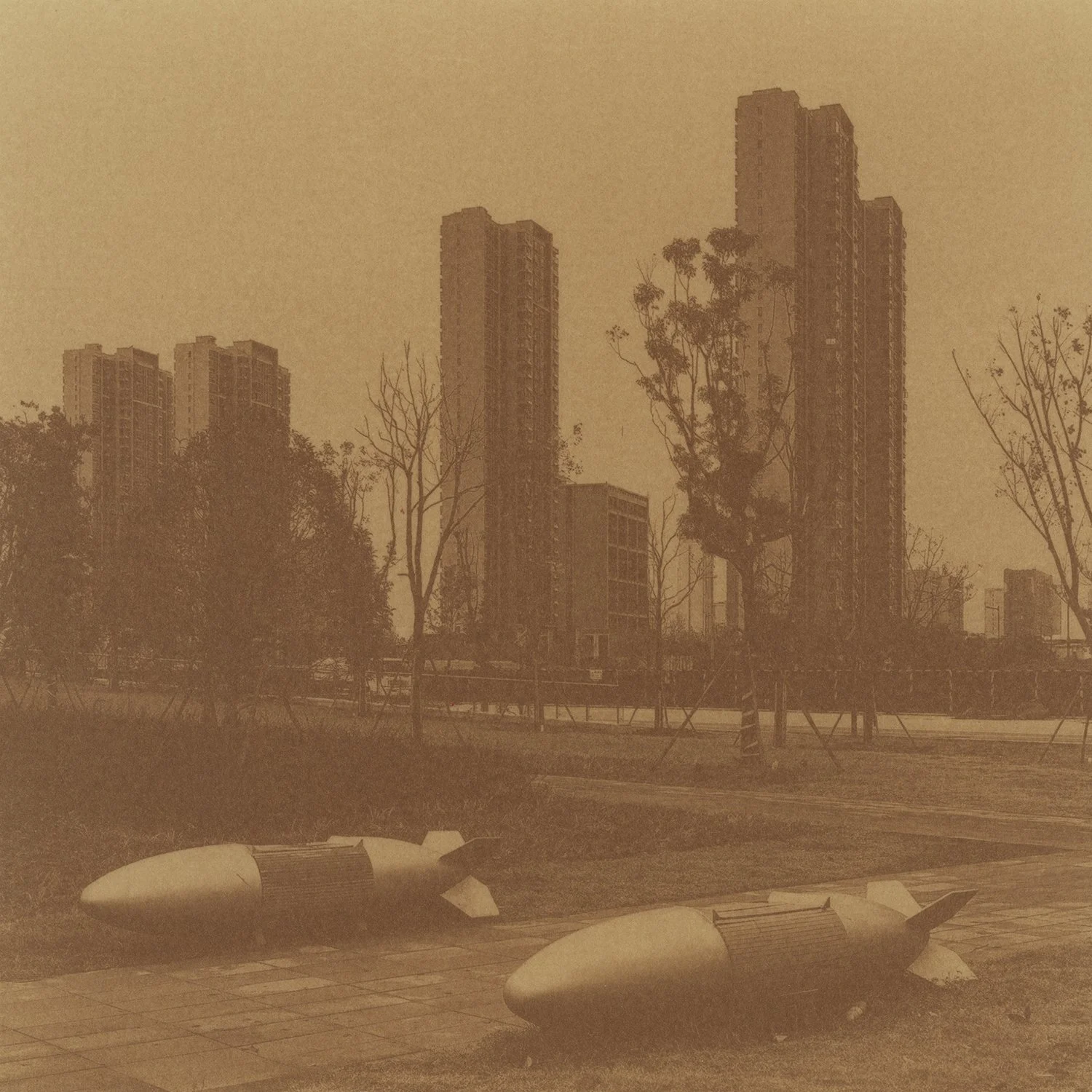

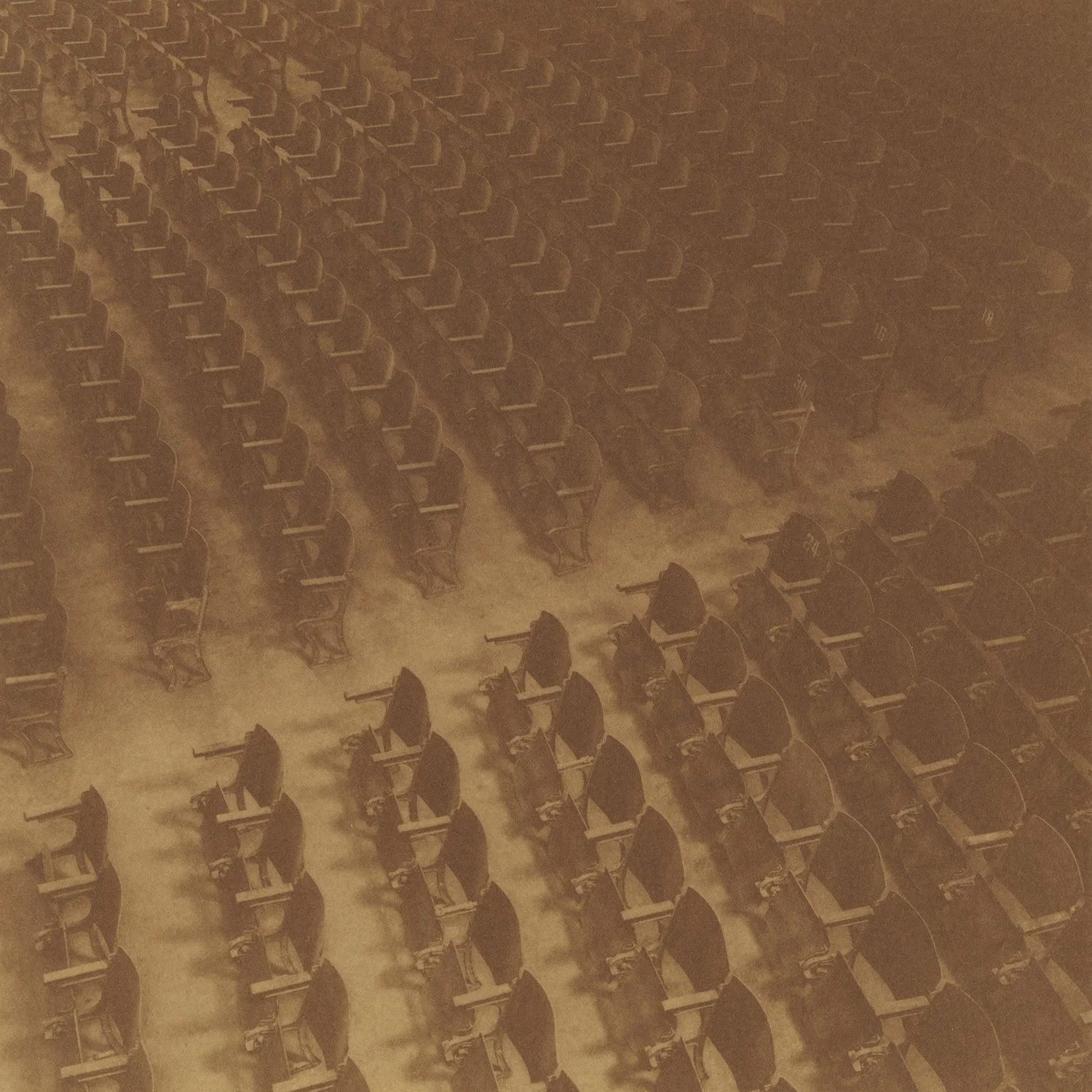
Feature: Beihua Guo
Tucson, Arizona, USA
“I’m thinking about the connection to international relations and domestic conflicts, how it’s always shifting.”
Beihua Guo’s Designated Ground Zeros explores the uneasy balance of shifting geopolitics in the 20th century and how the realities of Cold War history affect the modern landscape. Working from a declassified US military strike list from 1959 that marked 368 Chinese locations for potential nuclear attack, Guo maps—and photographs—the sites as they exist today. Just as allegiances are made and lost and political parties rise and fall, so too will military airports turn into pleasure grounds and factories deteriorate into rust. He prints each scene with uranyl-acetate, a depleted-uranium emulsion that bathes the paper in a muted ochre suggestive of smog, sandstorms, and potential fallout. By merging meticulous research with radioactive chemistry, Designated Ground Zeros asks viewers to ponder how history’s most destructive intentions can hide in everyday streets.
Website | Instagram



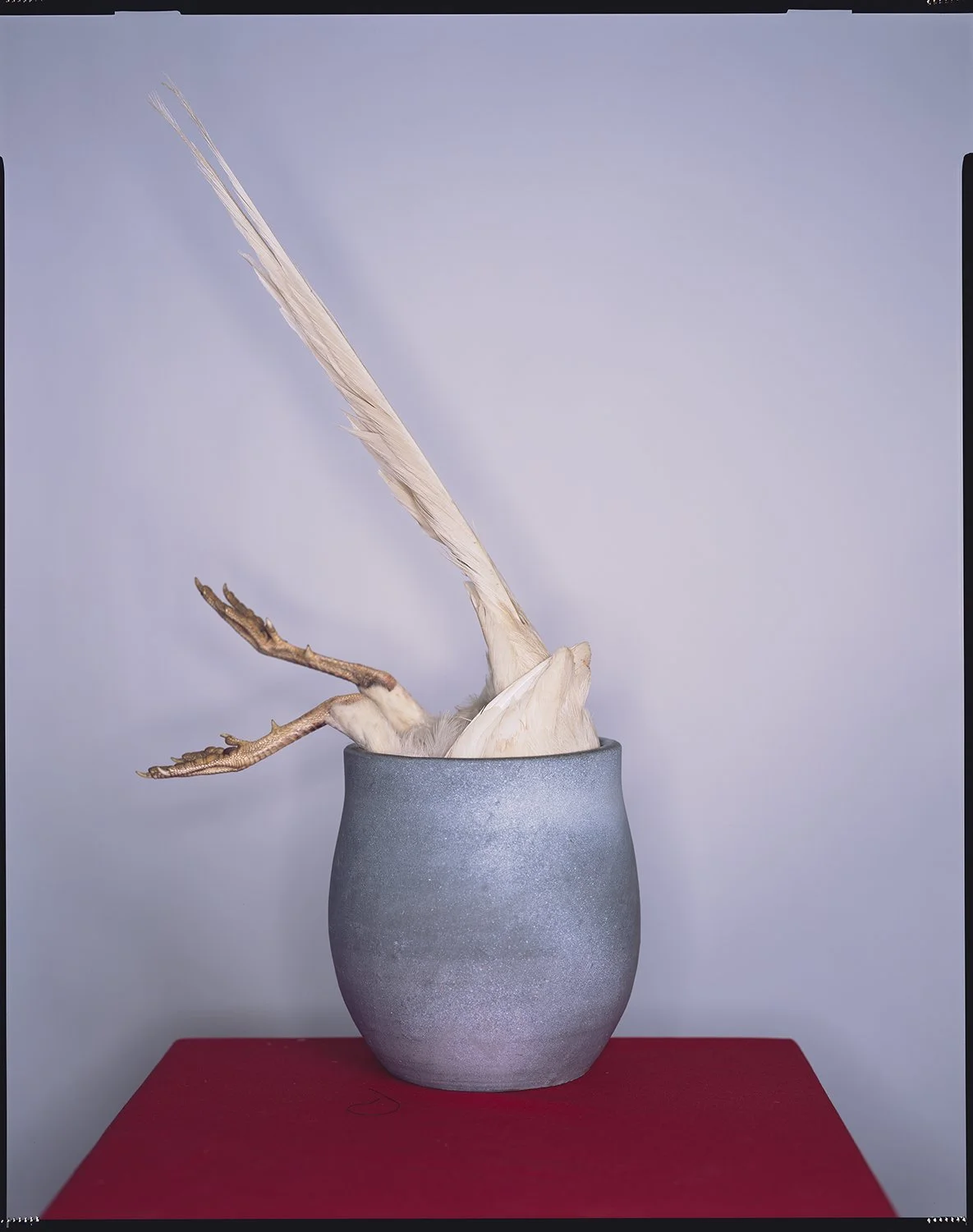
Feature: Kayhan Jafar-Shaghaghi
Edinburgh, Scotland, UK
“I was fortunate enough to learn the basics of the darkroom and the discipline that comes from shooting with film. When I used digital for commercial work, I was never happy with the digital ‘look’ of the images. The color palate, the tonal range, and finally the print quality, never matched what I could get from film.”
Kayhan Jafar-Shaghaghi’s large-format practice is a dialogue between history and emulsion. Born in Tehran during the revolution, the Edinburgh-based scholar-artist now wields a Lotus 8×10 and perilously fickle IMAGO direct-positive paper to create prints that seem to glow from within the sheet. He spends two-thirds of his process in the darkroom—pre-flashing ISO-1 paper, coaxing Fuji Provia transparencies, and drum-scanning underexposed slides until color feels breathed through rather than laid atop the surface. His self-taught photographic training, completed while also earning a PhD in history, blends his artistic side with his scholarly expertise. This combination of history and artistry informs his work, where extensive research precedes and envelops each photographic project, inviting viewers to witness chemistry transform light into lived experience.
Website | Instagram
The deepest part of photography happens long before light hits film. It lives in the hushed interval where ideas stall, shoots unravel, and private doubts ask whether an image deserves to exist. That space carries grief, frustration, and a raw need to be understood—but also the quiet thrill when a print finally speaks truer than you imagined. Process is risk and ritual in equal measure: returning to the darkroom, refining, releasing, and trusting that unfinished work can still hold grace.
Edition 11 is our tribute to that ongoing transformation. You’ll meet artists who are just sketching their first frames and others who have been working on hard-won narratives for decades; some court imperfection with hand-coated papers, while others find new clarity only after sharing their most vulnerable projects. What binds them is the courage to begin and the discipline to stay. If your own series feels uncertain, stay with it—the work is in the making. We assembled this edition with that same patience and hope it meets you exactly where you are.
- Michael Behlen, Founder
Analog Forever Magazine
*Pre-Orders automatically receive a 25% discount on a second edition of Analog Forever. This offer ends August 31st, 2025.

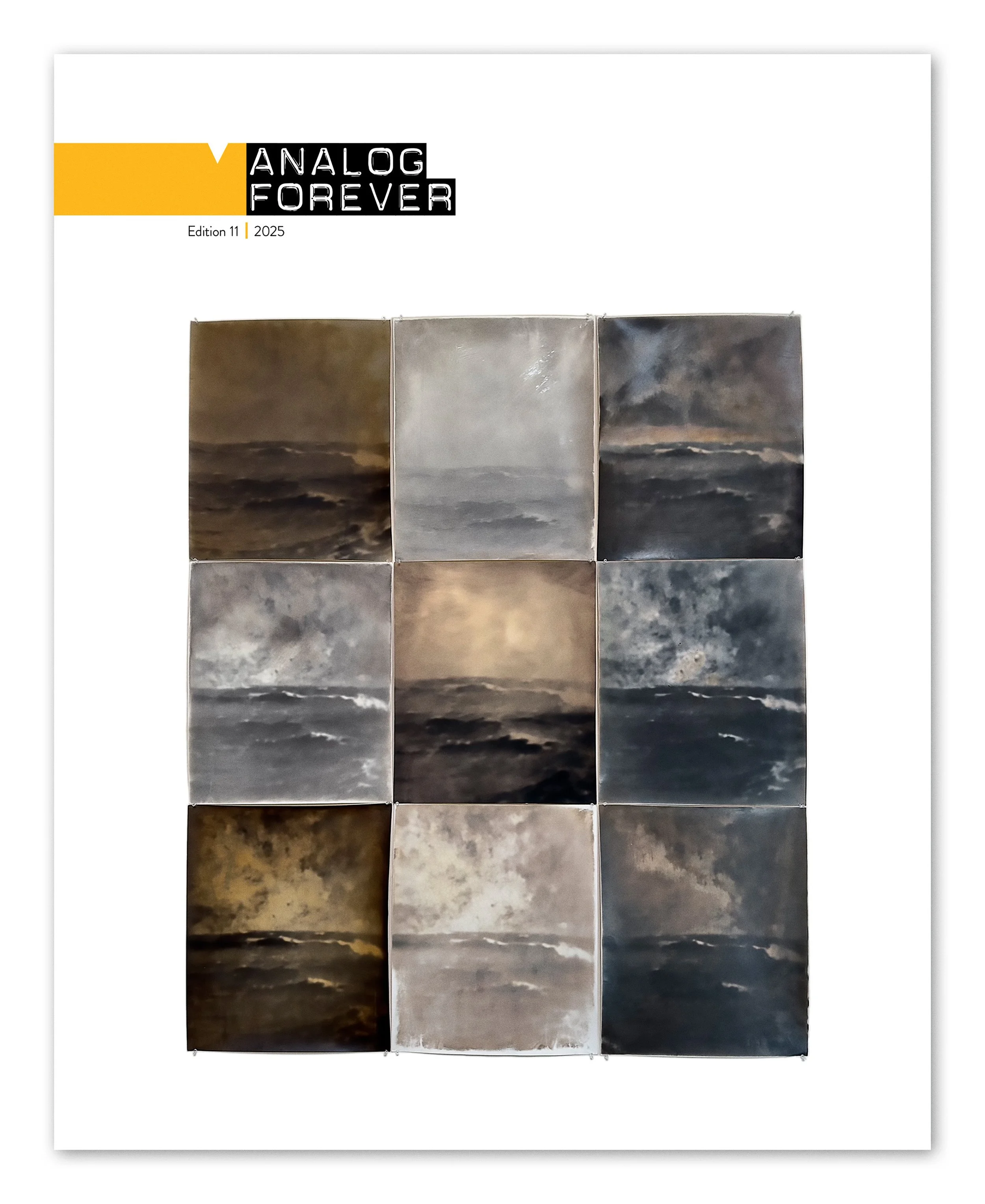
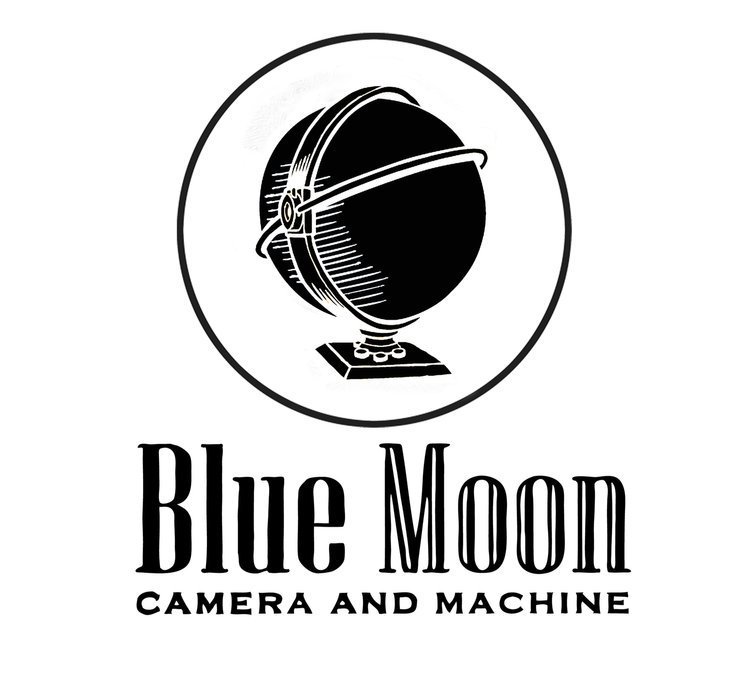













Analog Forever Magazine Edition 11 includes interviews with Robert Stivers, Chad Coombs, Binh Danh, and Susan Goldstein, accompanied by portfolio features of Amisha Kashyap, Vaune Trachtman, Montenez Lowery, Kayhan Jafar-Shaghaghi, Blake Burton, Michael Stenta, William Mark Sommer, and Beihua Guo.